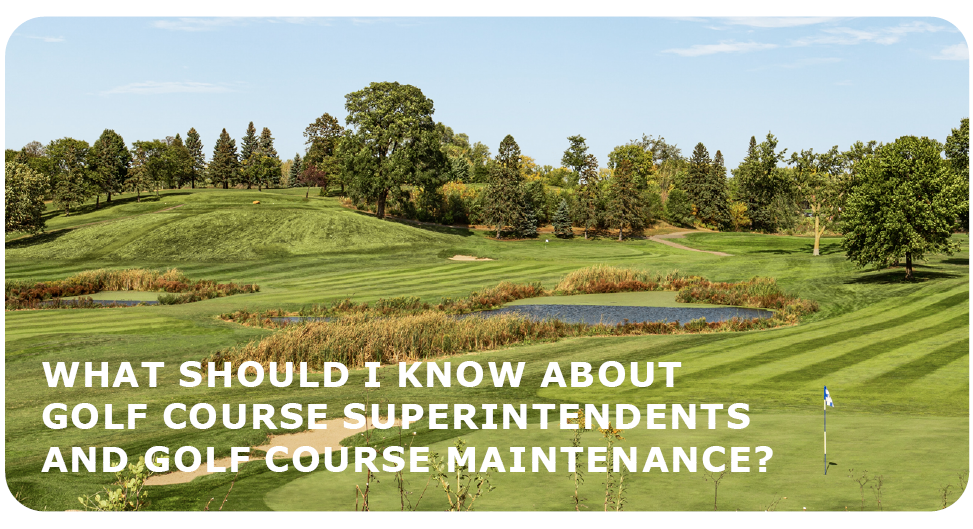
Superintendents are Educated, Trained Professionals.
- Golf Course Superintendents are educated professionals in turf management, with approximately 75% holding at least a two-year degree in turfgrass management or a related field. Almost 90% of Superintendents have at least a turf certificate, indicating a professional interest and desire to support effective turfgrass management. We work closely with state agencies and partners, including the MDA, DNR, MNPCA, EPA and the UMN to find best management practices for golf courses.
Water Use & Conservation Techniques
- Efficient water use is a priority for healthy turf stands. Overwatering leads to poor soil conditions, and increased disease pressures. Overwatered turf also leads to a less enjoyable playing experience. The Superintendent utilizes several technologies to precisely manage their turf areas, tools such as soil moisture sensors, weather stations, wetting agents, and automated and central controlled irrigation systems.
Chemical Use Reduction
- Chemical applications are currently necessary to maintain acceptable fine turf areas. These applications are made regarding several factors, including turf conditions, safety, weather forecast, time, labor, and budget. Chemical applications can be very costly and time consuming. Applications are made only when it’s essential for the health of the turfgrass. Unnecessary applications are wasteful to the Superintendents time and budget.
- Golf Course Superintendents are licensed pesticide applicators, with a two-year renewal period through continuing education. All responsible applicators understand that the label is the law, and applications are made in accordance with MDA and EPA guidance. Golf Course applications are made in site specific areas, and proper applications are directly affecting only the intended target area.
Environmental Value of Golf Courses
- Your local golf course property provides numerous environmental values to the community. Some key values are stormwater retention, urban cooling, pollinator areas, wildlife habitat and corridors, carbon sequestration, natural noise dampening, with 70,000 Acres of semi-managed green space in Minnesota, and approx. 30% of most courses are out of play or native areas.
- Golf has developed BMP’s to best manage turf landscapes with support from state agencies like the MDA, DNR, BSWR, and UMN.
Electric Maintenance Equipment Transition
- The future of turf maintenance will include electric equipment. Many courses have already begun adopting these new models as they become available and are within budget. Commercial quality equipment is not currently ready for everyday golf course use. Manufacturers and suppliers are working to overcome these units’ inefficiencies, and the golf industry will continue to adopt electric replacements as their efficacy improves.


